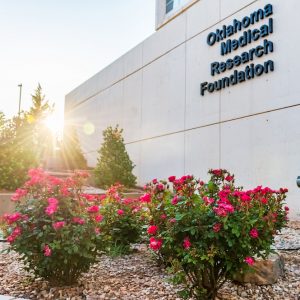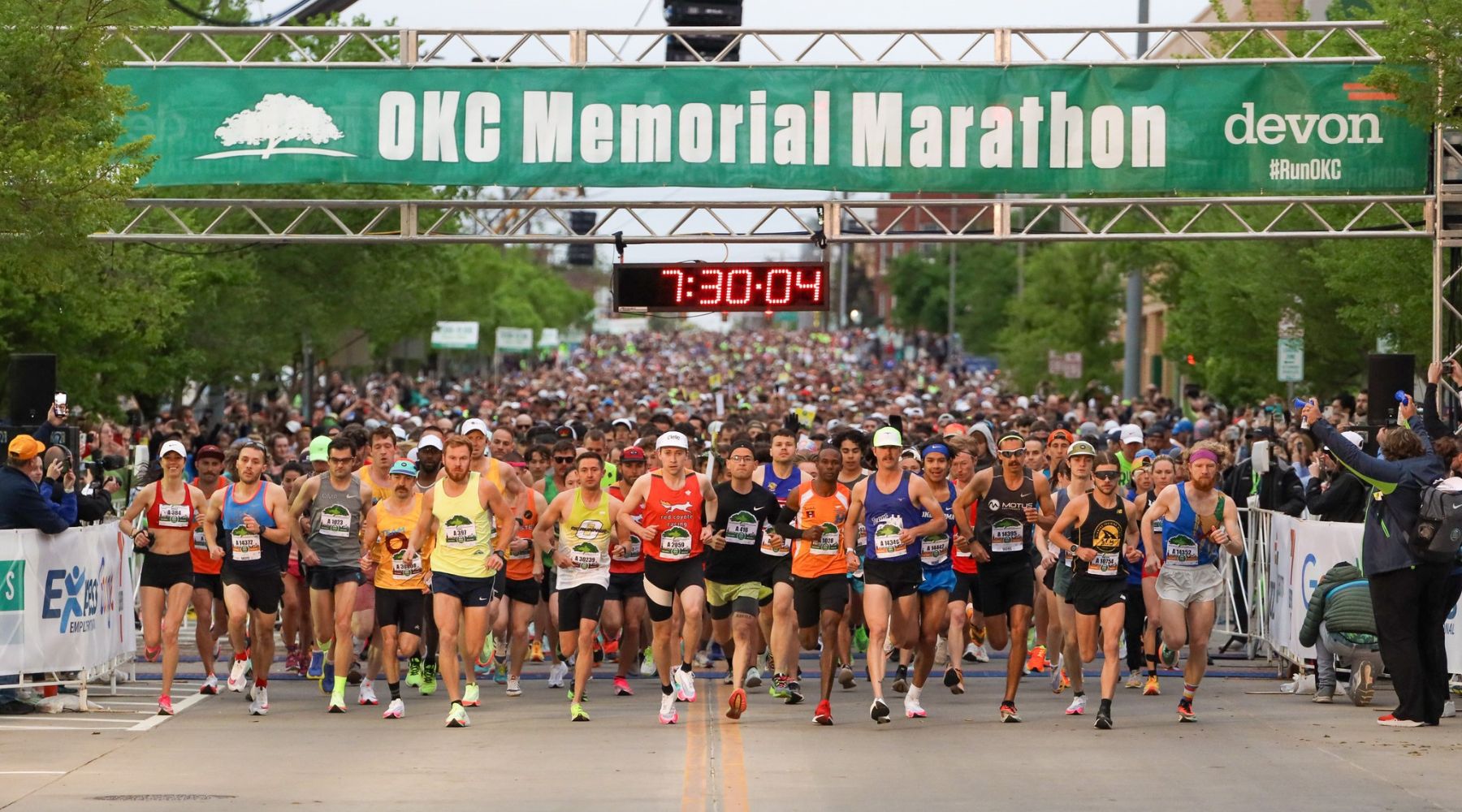This time of year in Oklahoma, it can be tough to tell that spring has sprung. One day, the warm sun convinces us that sweater weather is a thing of the past. The next, a north wind drives the icy rain sideways, soaking – and freezing – us to the bone.
Yet make no mistake about it, the earth is awakening.
That means different things to each of us. Gardening. Spring clean-up. Yard sales. Baseball and softball games. Children anxiously counting the days until school lets out.
For runners and walkers, spring has always been a special time. With snow and ice (usually) a thing of the past, the excuse list grows short. Time to rise from the couch, head out the door, and put one foot in front of the other.
To make the break from the sofa, it helps to have a goal. Perhaps it’s completing all the daily wellness rings on your smartwatch. Or, in the more fun category, maybe it’s getting out with your family to complete a local run or walk.
For the two of us – both runners – there’s one motivating event that stands above the rest: the Oklahoma City Memorial Marathon.
We each came here from elsewhere, after the Murrah Building bombing in 1995. Nevertheless, we both understand the profound impact that tragedy has had on this city, the many ways it has come to define our community. So much that is good and life-affirming has been born from a moment of profound loss. And that is a testament to Oklahoma City’s collective spirit.
When the race began in 2001, it received its share of plaudits. No less than Runner’s World magazine, the closest thing the sport has to a bible, pronounced the event one of its must-run races.
Still, we all know what happens to novelty; it wears off. New things become, well, just things. The human mind wanders to that next shiny object. The feet soon follow.
But the Memorial Marathon has endured. No, that’s not right. Growing from an initial 5,000 participants to than 20,000, it’s done much more than endure. It’s thrived.
Over the past two decades, the event has continuously evolved, adding a half-marathon, a five-person relay, a 5K, a kids’ race, and, this year, a new program for seniors. It’s welcomed walkers, wheelchair athletes and others facing physical challenges. It weathered the pandemic, temporarily moving to the fall, and even mapped a new course.

Throughout these changes, though, the marathon has remained true to its founding principles: honoring those who were lost.
Toeing the starting line, the event’s meaning couldn’t be clearer. Observing 168 seconds of silence in the shadow of the Oklahoma City National Memorial underscores that this is much more than a race. It’s a run to remember.
The 2023 Oklahoma City Memorial Marathon is now five weeks away. That means it’s high training season for those planning to participate.
At OMRF, the excitement is palpable. We have signed up eight relay teams, our most ever. Others will run the 5K, the half-marathon or the full 26.2 miles.
Our group of OMRF participants is, of course, just a drop in the event’s proverbial bucket. And that’s a very good thing, as it means we’ll have plenty of company come race day.
The race itself will challenge every runner and walker. But with the boisterous, supportive crowd, the miles click by a little more easily. And when the going gets rough, flags lining the course that bear the names of those who perished in the bombing provide a little extra motivation to dig deeper.
The Oklahoma City Memorial Marathon represents our city at its best. Whether running, walking or cheering, we hope you’ll be out there. We sure plan to be.
__
Dr. Andrew Weyrich is president of the Oklahoma Medical Research Foundation and will run the marathon relay. Adam Cohen is OMRF’s senior vice president and general counsel and plans to run the 26.2-mile race. They can be reached at contact@omrf.org. Get On Your Health delivered to your inbox — sign up here.



